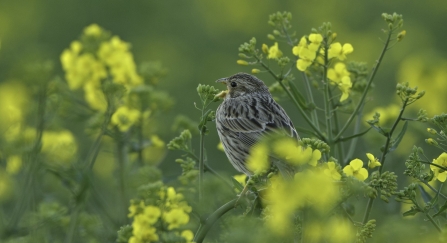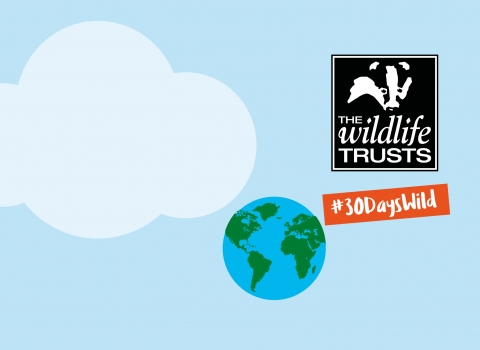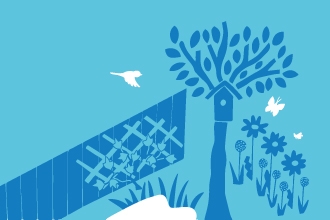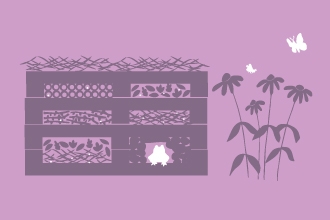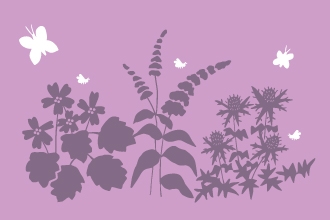The beautiful, mystifying, sometimes terrifying sounds of the natural world surround us no matter where we are. The pitter patter of rain to the raging storm, the buzzing bees to the singing crickets, the trickling stream or crashing sea and of course beautiful birdsong. During this time of lockdown many of us have become more attuned to the sounds of nature during walks for daily exercise or through spending time in our gardens. The distinct lack of traffic noise has enabled us to enjoy the sounds of spring like no other year in recent memory.
As someone who has worked in the conservation world for a number of years I have experienced a certain amount of pressure to be able to identify species, whether it be recording for monitoring purposes or to impart knowledge to a visiting school or community group. I enjoy this aspect of the work and love taking books out with me on a countryside walk to look at wildflowers, or even more painstaking….mosses, much to the utter enjoyment of my long suffering husband and now my son! I actually find it quite hard not to switch into identification mode and a walk is very rarely just a walk without trying to work something out.
This affliction is not just for those of us in conservation but a deep part of the human psyche, after all early humans would have relied upon knowledge passed on about what was good to eat and what should be avoided, and so our brains have evolved to recognise, compartmentalise and remember. The modern world brings a more diverse range of topics to train our brains to be busy with, all models of motorbike (my husband), bus timetables, breeds of dog and so on and so forth.
While we at the Wildlife Trust are delighted when people become interested in the natural world and try to encourage and inform, there is unfortunately a competitive nature in some circles and this can have the opposite effect on someone’s enthusiasm. I recently heard of someone who was snubbed for not knowing a song thrush call, not what I would call one of the easiest bird songs to know, which made the person feel self-conscious about asking for help to name other puzzling calls.
This is where I think we could all take a lesson from mindfulness meditation techniques which encourage us to recognise the brains eagerness to name, assign and remember everything going in and give it a little break to just be…..


